The following is a powerful excerpt taken from a teacher’s reflection for a professional development class. Want to know why BCCS teachers do what they do? Read below as fifth grade teacher Jennifer Hackbarth unpacks teaching by saying:
Without first recognizing that they (students) were created in the image of God and that their purpose is to die to the flesh and give God all the glory, they have no reason to live in a way that models the character of Jesus. There are many secular liturgies that are competing with our identity in Christ. As a teacher, I have to intentionally be working against those lies and misunderstandings. I can do this by aligning my teaching in truth and actively inviting students to enter into the life that God intended for them.
As teachers, we are working on our own to discover and unpack our identity in Christ through constant reading of scripture and reminding ourselves of the truths of the gospel. My understanding of who I am in Christ works to shape the deep hope that I have for my students in my classroom. My deep hope is that my students discover their gifts, embrace their weaknesses, and understand that God’s love doesn’t depend on either.
A false liturgy that is detrimental to students and their growth both in the classroom and in their relationship with Jesus, has been the liturgy that their performance is their identity. In my own life, I know how easy it is to believe the lie that the better I perform, the more I will be loved by God and others. One verse that has been monumental to me is 2 Corinthians 12:9-10. It says, “but he said to me, ‘My grace is sufficient for you, for my power is made perfect in weakness.’ Therefore I will boast all the more gladly about my weaknesses, so that Christ’s power may rest on me. That is why, for Christ’s sake, I delight in weaknesses, in insults, in hardships, in persecutions, in difficulties. For when I am weak, then I am strong.” I have memorized this verse and recited it to myself over and over, especially when I am feeling defeated, shameful, or inadequate because of my performance. I need reminders of God’s unconditional love. Because of my personal experience, I know that my students need to hear the same message.
This is why it’s helpful to intentionally create not only daily learning targets, but also 60-year learning targets. Sixty-year learning targets are intended to root students in truth and remind them of their purpose. It’s easy to get caught up as a teacher in simply going by the books and teaching the curriculum, but when I take a step back and reflect on the bigger picture, I am able to discover more meaningful ways to invite students to live out their greater calling.
My storyline, “Risk Big,” is an invitation to my students. When my students understand the truth of their identity in Christ, and when they are able to recognize the deep, wide, and vast love of Christ, then they will be able to step outside of themselves and risk big for the sake of the gospel. When they understand that God’s love is not dependent, then they can let go of the fear of letting themselves, others, and God down. They know that their identity is not strapped to how well they do on their math test or the number of friends they have at school. Their identity is solely in the fact that Christ died for them and took their place. It is the most rewarding thing as a teacher to see my students living out this truth and accepting this invitation.
In my first year of teaching I have learned a lot about myself and what I understand to be my purpose and calling as a teacher….I am recalibrating and reorienting my heart. I am shifting my focus away from this world and onto the one thing that matters–Christ.
Amen.
























